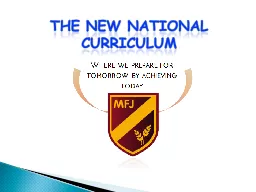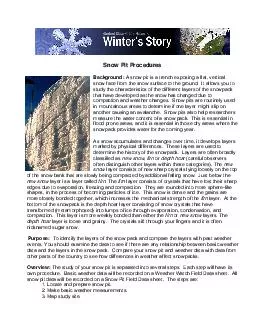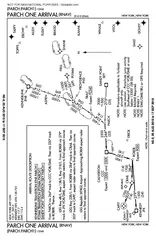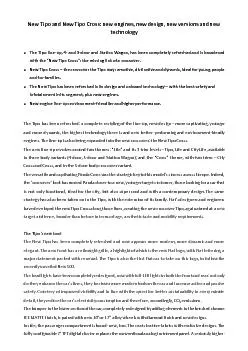PPT-The New National
Author : conchita-marotz | Published Date : 2016-12-21
Curriculum In September 2014 the primary school curriculum had a radical shakeup So why the big change and how will it affect your child Children in Years
Presentation Embed Code
Download Presentation
Download Presentation The PPT/PDF document "The New National" is the property of its rightful owner. Permission is granted to download and print the materials on this website for personal, non-commercial use only, and to display it on your personal computer provided you do not modify the materials and that you retain all copyright notices contained in the materials. By downloading content from our website, you accept the terms of this agreement.
The New National: Transcript
Download Rules Of Document
"The New National"The content belongs to its owner. You may download and print it for personal use, without modification, and keep all copyright notices. By downloading, you agree to these terms.
Related Documents














